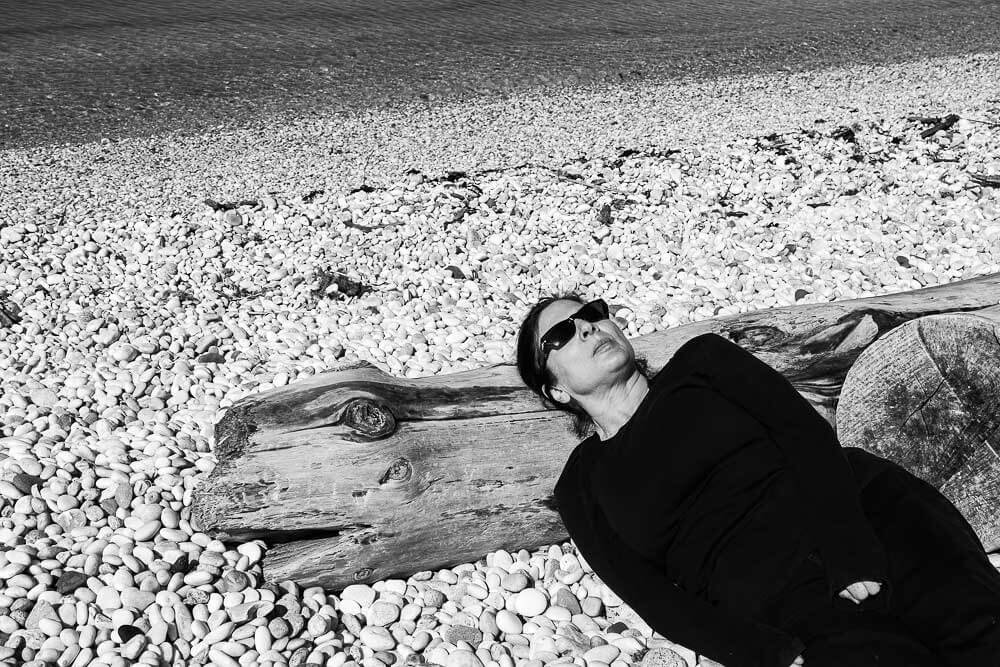Eva Mallis was born in New York City to Greek immigrant parents. Her elementary school years were spent in Queens, New York - the most ethnically diverse area in the U.S. - where she was immersed in a hardworking population striving for the American dream. Pursuing that dream, Eva earned a BA and an MBA and has had a career that encompassed investment banking and real estate.
Eva's love of photography surfaced post-college while living in Washington, D.C. and attending photography classes at the
Smithsonian Institute. Her passion for street photography grew as she often roamed the streets of downtown Washington, D.C. taking pictures during her lunch hour. After family and career, Eva resumed her passion for photography by taking several classes at the
International Center of Photography (ICP) and numerous workshops around the globe.
Eva is a New York City based street and documentary photographer. Her photography is best characterized as urban documentary. Eva's work has been shown in numerous group exhibitions in New York City. She has won
PDN Magazine's 'Taste' Photo Competition, has received several
International Photography Award (IPA) Honorable Mentions and has participated in many juried shows.
Statement
"I am driven to photograph the human reality, taking a moment to observe, assess and capture sometimes insignificant moments in time. Photography sharpens my awareness of the mundane and the unnoticed. By capturing slivers of time - people going about their every day - my visual slant forces the viewer to recognize the themes of life. I am attempting to thoughtfully communicate that which is too often unseen." 